Once, these fish ruled the freshwater kingdoms of America—darting through reeds, flashing silver in the sun, shaping entire ecosystems with their presence. Now? Silence. Vanished from the lakes they once called home.
But their story isn’t over.
While America closed one chapter, other corners of the world opened new ones. These fish didn’t just disappear—they packed up and found new waters to call home. Some are thriving in distant rivers, lakes, and reservoirs, swimming strong in places you’d never expect.
This post is about the survivors.
The wanderers.
The fish that slipped through the cracks and kept swimming.
Let’s dive into the unexpected places where these aquatic outcasts are still alive—and still making waves.
Arctic Grayling
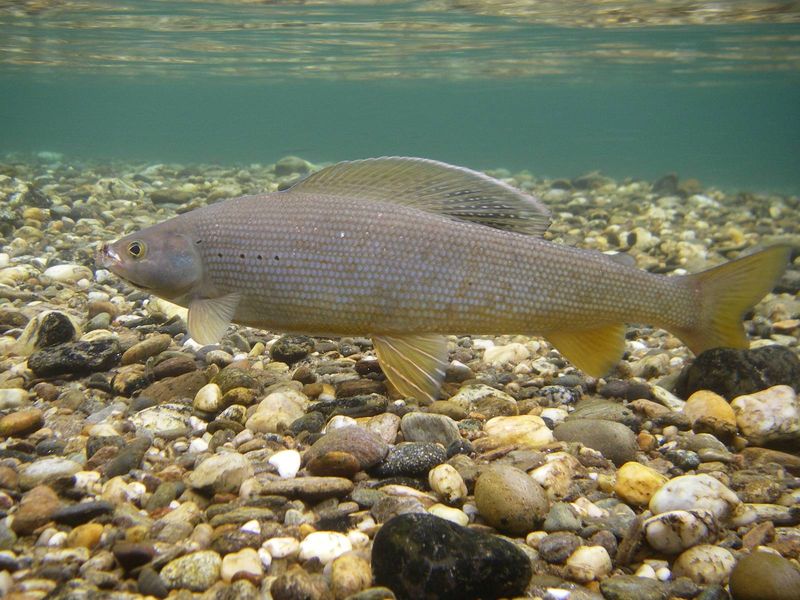
With its distinctive sail-like dorsal fin, the Arctic Grayling is a sight to behold. Once common in the cold waters of Michigan’s lakes, these beautiful fish have vanished due to overfishing and habitat changes.
Interestingly, they now thrive in the pristine rivers of Alaska and parts of Canada. Imagine the vibrant colors of its scales glistening under the sunlight as it dances through chilly waters.
Famed for its elegant beauty and playful nature, the Arctic Grayling continues to capture the hearts of anglers and nature lovers alike in its new northern homes.
Lake Trout

Lake Trout, once a staple in the Great Lakes, faced decline due to pollution and invasive species. These robust predators with their speckled, sleek bodies are now more commonly found in the deep, cool lakes of Canada.
Visualize a majestic Lake Trout gliding silently through the underwater world, which is a striking contrast to the bustling shores above.
Their resurgence in Canadian waters is a testament to nature’s adaptability and the successful conservation efforts undertaken to preserve this iconic species for future generations to enjoy.
American Eel
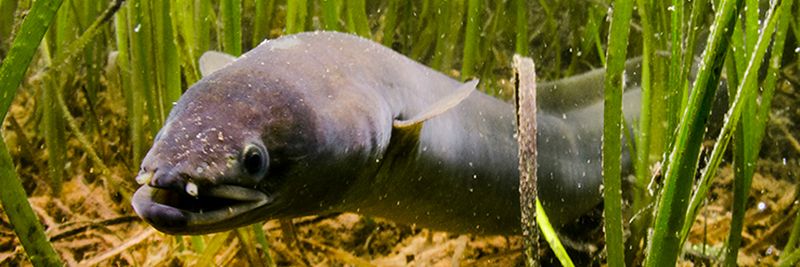
The mysterious journey of the American Eel is nothing short of epic. Once prevalent in the freshwaters of the eastern U.S., these eels have largely disappeared due to habitat loss.
However, they have adapted by flourishing in European rivers, where they slither through murky waters in search of prey.
Their serpentine bodies and remarkable resilience make them a captivating subject of study and a cherished species in their newfound habitats. The American Eel continues to be a symbol of strength and adaptability in the face of changing environments.
Blue Pike
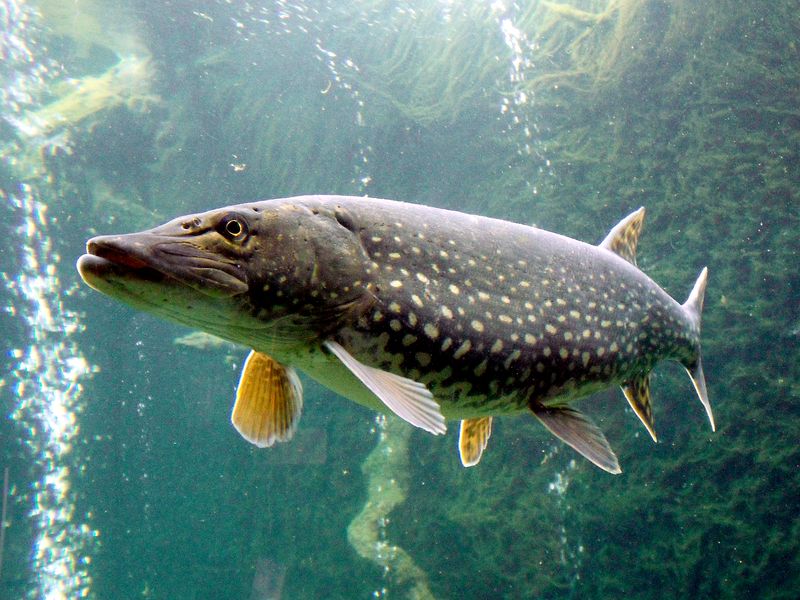
The Blue Pike was once an abundant fixture in Lake Erie, known for its distinct bluish hue and voracious appetite.
Sadly, due to overfishing and environmental changes, it has been declared extinct in American waters. Though gone, its legacy continues as other pike species thrive in northern European lakes.
Travel back in time in your mind’s eye, picturing these swift hunters in their native habitat. The story of the Blue Pike serves as a poignant reminder of the delicate balance within aquatic ecosystems and the importance of conservation.
Cutthroat Trout
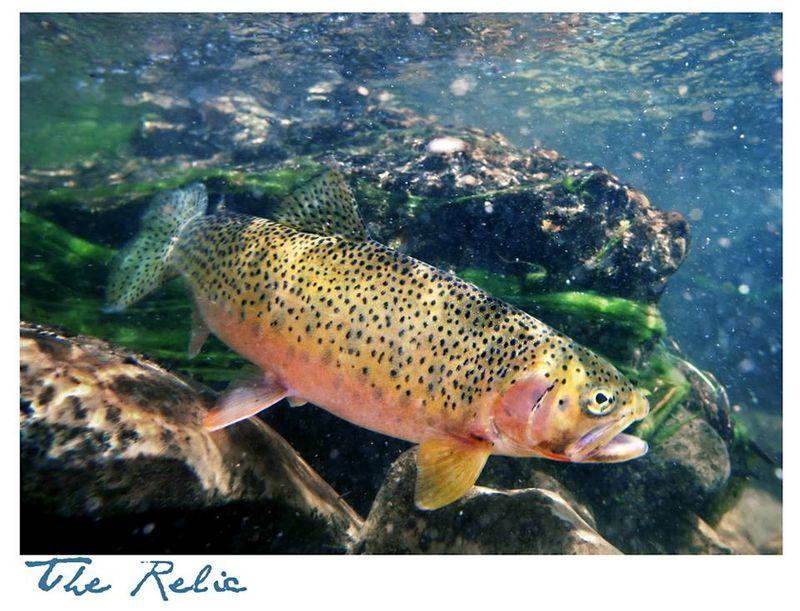
Famous for the striking red slash under its jaw, the Cutthroat Trout once flourished in the clear lakes of Colorado.
Today, it is mostly found in the protected waters of Yellowstone National Park, where it thrives amid diverse flora and fauna.
Imagine witnessing these colorful fish darting through crystal-clear streams, a symbol of vibrant life in a natural paradise. Their story highlights the critical role of national parks in preserving wildlife and providing a sanctuary for species to continue their natural behaviors.
Paddlefish
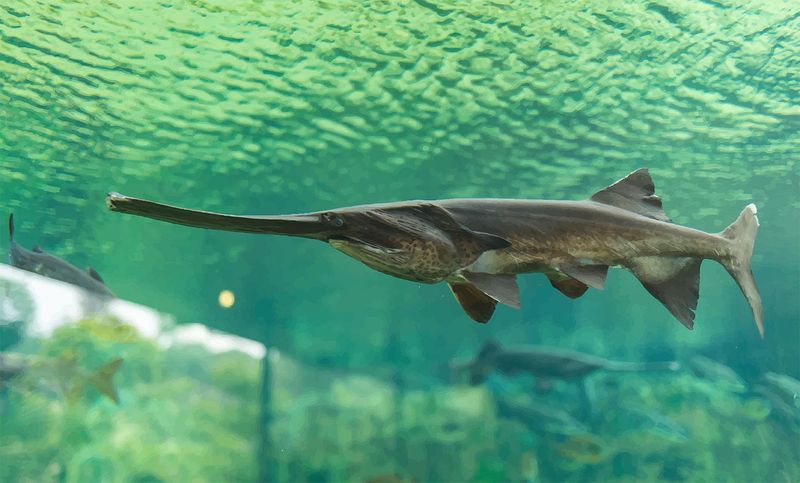
The Paddlefish, with its unique paddle-shaped snout, once roamed freely in many American rivers, including the Ohio and Mississippi.
Due to overfishing and river damming, their numbers have declined, but they still find refuge in certain sections of the Mississippi River.
Picture this ancient species cruising through the water with effortless grace, a living relic of a bygone era. Their story underscores the importance of river conservation efforts to ensure the survival of these magnificent creatures for generations to come.
Atlantic Salmon
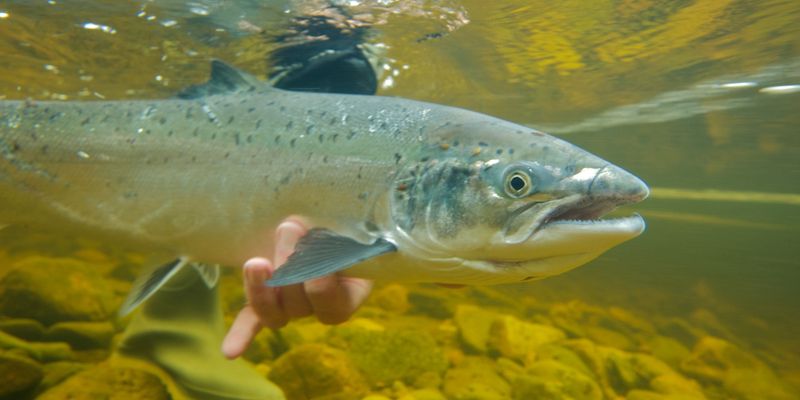
The Atlantic Salmon once thrived in the rivers of the northeastern United States before overfishing and habitat destruction took their toll.
Today, these incredible fish are more commonly associated with the fast-flowing rivers of Scotland, where they strive upstream to spawn.
Imagine the raw power and determination as they leap up waterfalls, a testament to the relentless pursuit of life. Their migration is a breathtaking display of nature’s resilience and the ongoing need for conservation initiatives to protect these vital breeding grounds.
Walleye
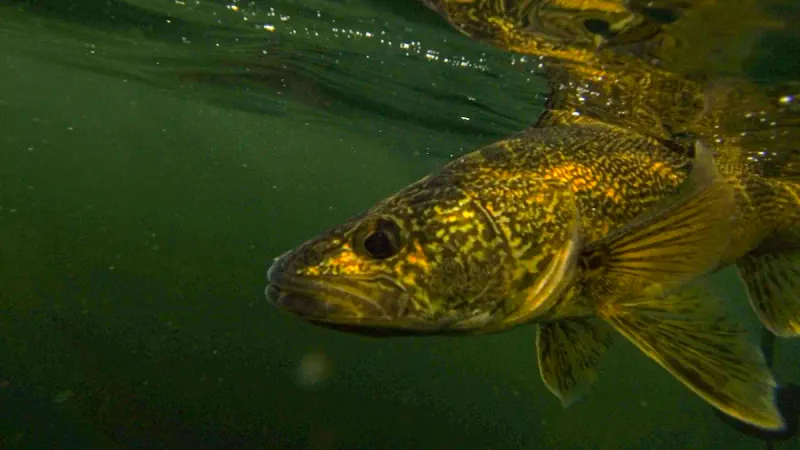
Walleye, known for their reflective eyes and nocturnal hunting behavior, have decreased in numbers in many American lakes.
However, they continue to thrive in Canadian lakes, where they are prized for their cunning and agility.
Envision these fish lurking in the weed-filled waters, hidden from prey until the perfect moment to strike. Their presence in Canadian waters illustrates both the adaptability of the species and the importance of maintaining habitats that support such diverse aquatic life.
Coho Salmon
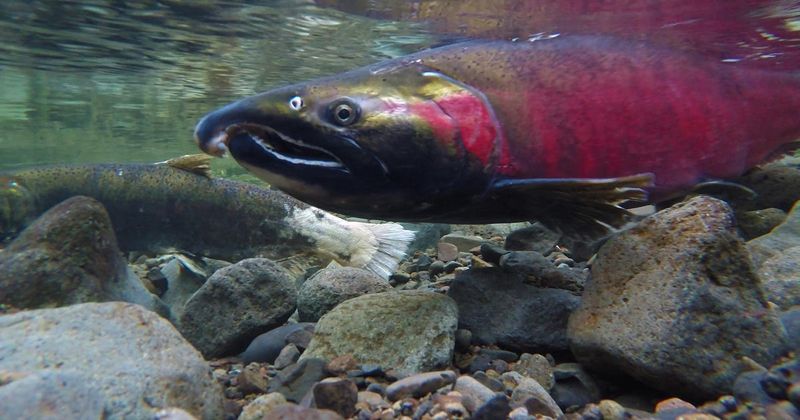
Once a prominent figure in the Pacific Northwest, the Coho Salmon has seen its numbers dwindle in recent decades.
Yet, Alaska offers a sanctuary where they flourish, especially during the fall spawning season.
Picture these tenacious fish swimming upstream against the current, framed by the fiery colors of autumn leaves. The Coho Salmon’s journey is an inspiring tale of persistence and the delicate balance required to maintain their populations and habitats for future generations.
Silver Carp
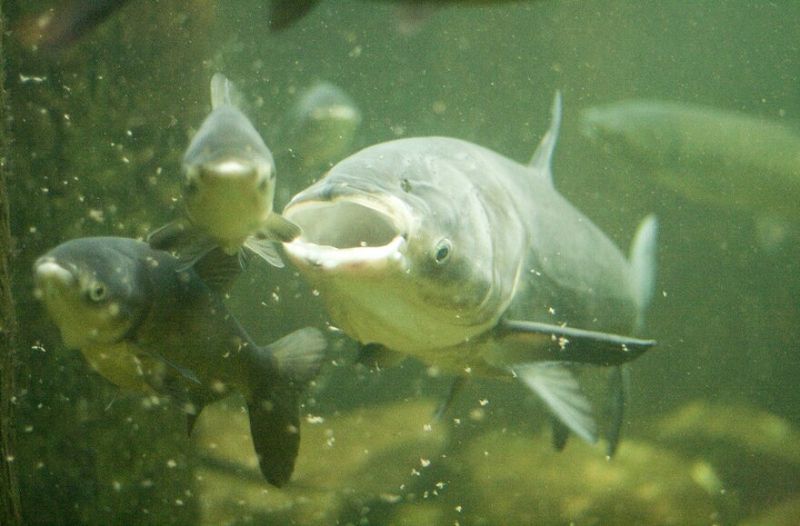
The Silver Carp, notorious for its high-flying antics, has become a rare sight in U.S. waters due to aggressive containment efforts.
In contrast, it thrives in the rivers of China, where it is both a staple food source and a lively part of the aquatic ecosystem.
Imagine the spectacle of these fish leaping into the air, breaking the water’s surface with grace and power. Their story is a reminder of the global nature of aquatic conservation challenges and the unique solutions required in different regions.

